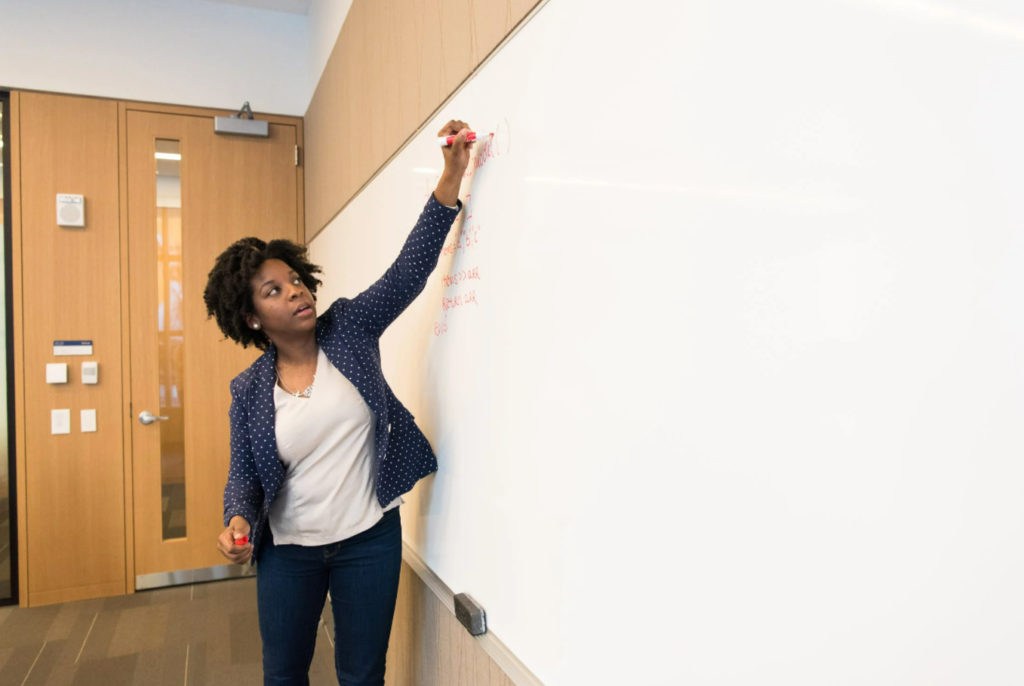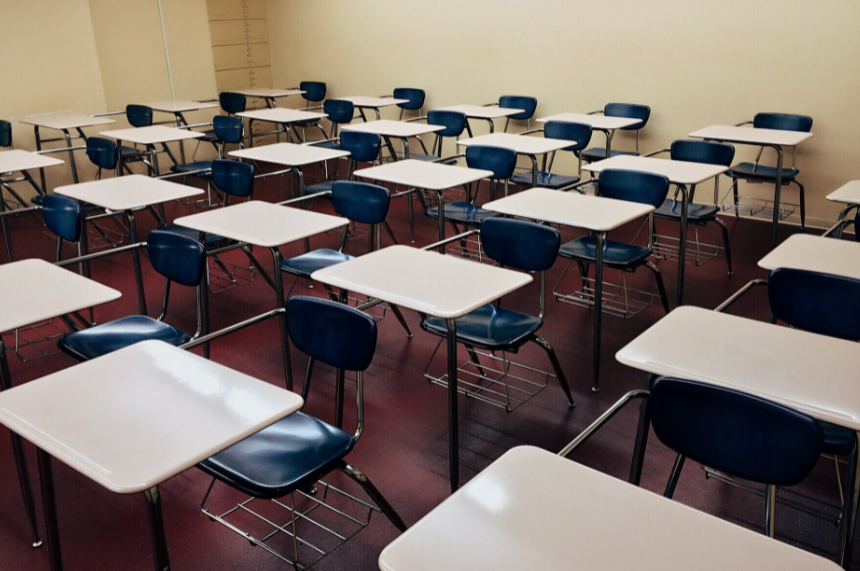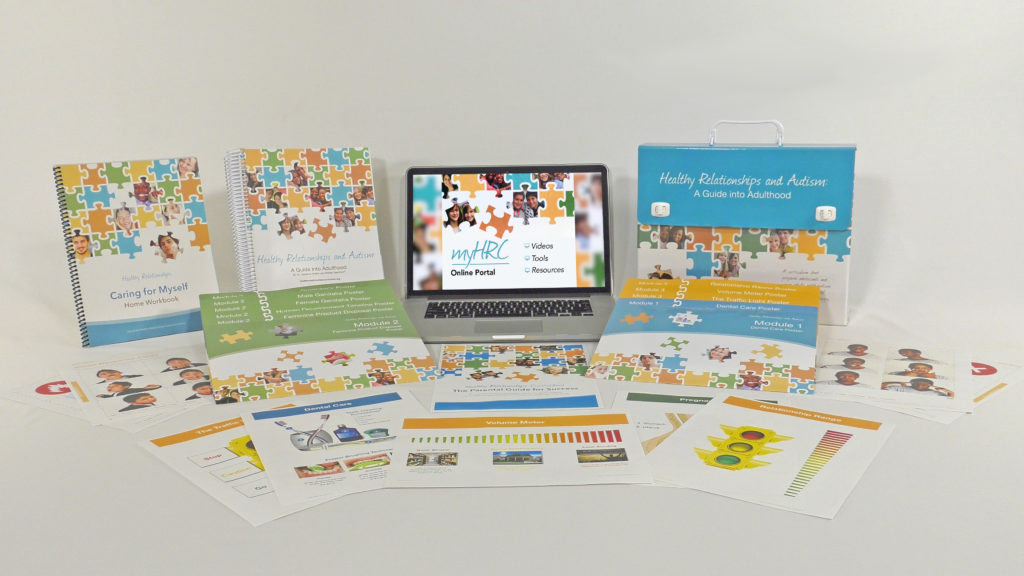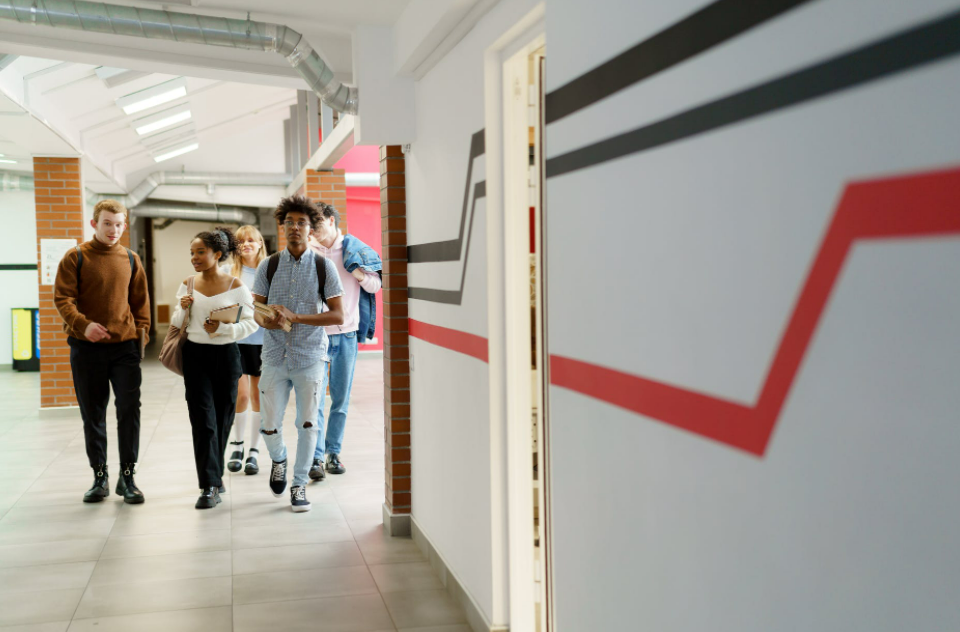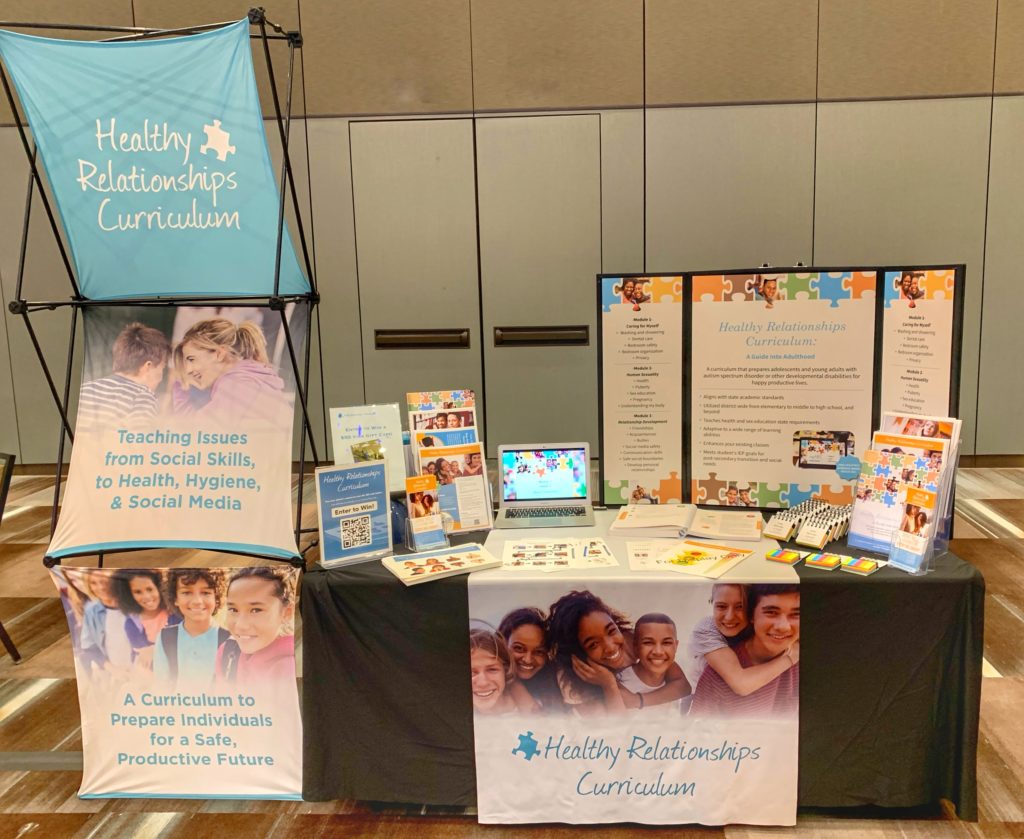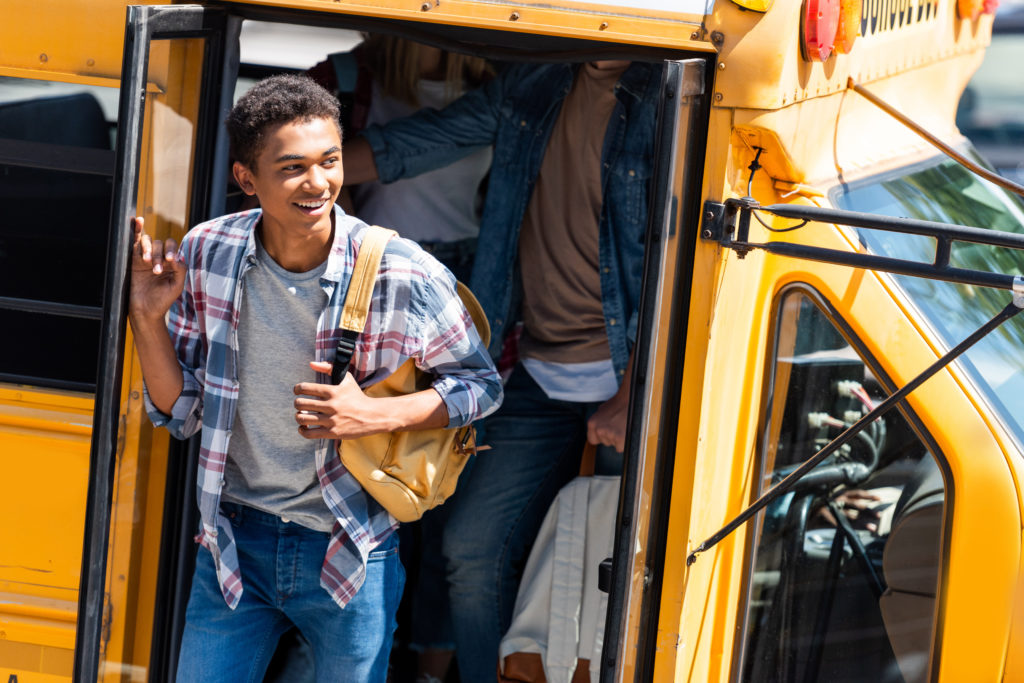Like many of you, I worked as a special education teacher for years, and I know that this time of year can be challenging. Halloween is approaching quickly, many schools will have a few days off for fall break, and before we know it, Thanksgiving will be around the corner.
This academic year, educators have been faced with additional challenges. For many students, this past August and September was the first time they returned to the classroom full-time in over a year. Adjusting to this transition takes time.
Additionally, because the coronavirus continues to spread, we now face a situation where schools are closing their doors periodically due to an outbreak and sending students home to learn. When this happens, educators must pivot and have their lesson plans designed in a manner that they can be taught in a hybrid model. This disruption to a traditional academic environment has meant that video calls, digital assignments, online quizzes and exams, and teaching in front of a laptop have become the new normal.
Teaching students over Zoom is not always ideal, but at this point in the pandemic, many educators have become technology experts! I don’t need to tell you but the group of students that face the greatest impact from having to learn in a virtual environment are students with varying needs. Students who are on the autism spectrum, have a cognitive challenge, a learning disability, or a unique need require specialized instruction and curriculums. Working with students who require additional support is a central component of special education, and that’s why it is so important that educators are prepared to teach critical life and social skills.
That is why I am so passionate about our Healthy Relationships Curriculum. It is made specifically for special education teachers and educators who work with students that have various needs. When you use the Healthy Relationships Curriculum, you not only receive a program that can be taught virtually or in a traditional classroom setting, but you also have our support and can contact us with questions or concerns at any time. Each lesson builds upon previous lessons, and the topics fall within a module format.
It teaches students critical life and social skills activities and when educators purchase the program, they will gain unlimited access to the following:
- myHRC Online Portal: An interactive website to assist educators in delivering the curriculum, connecting with other professionals, and easily communicating with students and parents.
- Outcome Tools: Outcome measurement tools can be shared with parents and administrators to show real-time, individual progress
- Over 140 Videos: These videos bring many lesson plans to life by showcasing role-playing and demonstrations.
- Curriculum Manual: All lesson plans include a list of materials, purposes, objectives, and quick references to related subjects.
- Visual Elements: To promote retention in visual learners
- Home Supplements: Offers specific, at-home tasks to engage the parent or guardian, reinforce the skills learned, and encourage family participation.
- Role Plays and Demonstrations: Applies lessons to actual scenarios.
- “Check For Understanding” Quizzes: Measure and assess acquired knowledge before moving on to the next lesson.
- Comprehensive Training: Available and encouraged to provide hands-on experience that builds familiarity and confidence with lesson content.
I have seen thousands of students and schools benefit from our unique, highly specialized program, and would you to sign-up for a free trial. You can do that by clicking here.
Until next time,
Jen Falkowski, M.Ed

